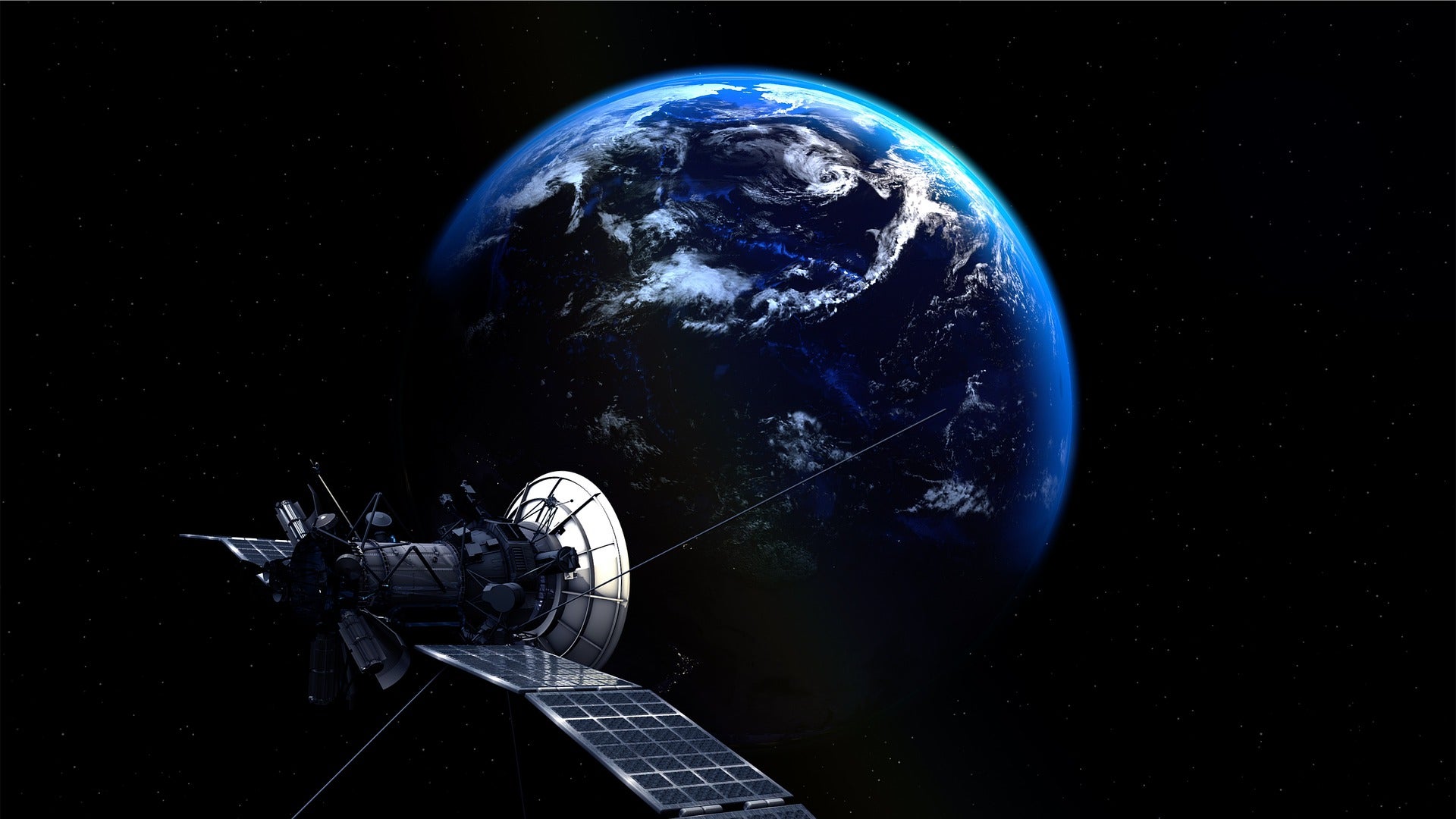
Rapidly growing demand for base and rare earth minerals, driven by their requirement in a variety of technologies, is placing increasing pressure on the land. Stefan Giljum, from the Institute for Ecological Economics at the Vienna University of Economics and Business, says that “information about the environmental consequences of mining is indispensable to achieve more sustainable production and consumption patterns”.
As part of their effort to fill in a substantial data gap, lead researcher Victor Maus and colleague Giljum have unveiled the first fully mapped out global record of geographical area used for mining activities.

Discover B2B Marketing That Performs
Combine business intelligence and editorial excellence to reach engaged professionals across 36 leading media platforms.
Impact of the project
To create the ‘Global-scale data set of mining areas’, published in the Scientific Data Journal, the researchers used satellite images providers such as Google Maps, Microsoft Bing, and EOX IT Services to outline mining areas by drawing ‘polygons’ around mining land. This strategy led to the creation of a comprehensive data set of over 21,000 polygons, covering a total land area of 57,277 km².
The data set covers more than 6,000 mining sites across the world that have had mining activity taking place between 2000 and 2017.
While mining activity databases do already exist, this one stands out with its ability to offer a global-scale account of the land used for raw material extraction.
According to the researchers, this novel information can be used to better understand and evaluate the effect of mining activity on the environment, while also becoming a benchmark for further monitoring of mining activity worldwide.
“Our findings can improve the assessment of impact related to direct land used by the mining industry on a global scale; for example, deforestation and habitat fragmentation, which can have negative effects on biodiversity,” says Victor Maus.

US Tariffs are shifting - will you react or anticipate?
Don’t let policy changes catch you off guard. Stay proactive with real-time data and expert analysis.
By GlobalDataThe idea of the comprehensive map is to also help increase transparency in the industry by showing how mining sites are operated and how they change over time periods, as well as how land is influenced by exploration activity.
Overcoming challenges
The project was by no means a simple one, with the researchers encountering several challenges along the way.
Maus shares: “Visually identifying mines in satellite images across the globe is not an easy task. Imagine you are flying over the entire world, watching from the window, and trying to spot what’s happening on the Earth’s surface. It is a very time-consuming and exhausting task.”
One of the challenges faced by the team while developing the project has been consistency.
“It was challenging to ensure the same data quality across the entire globe. There were three experts performing the work, each one of us has our own experiences that could affect decisions on mapping. However, we were all following the same protocols to identify and map the mines,” Maus says.
In addition, keeping a global perspective while encountering loopholes in high-resolution image records has ensured an even bumpier ride, which required alternative solutions.
Maus explained that the team was able to fill the empty spaces with openly available images from the Sentinel-2 satellite, sourced by the European Space Agency.
“These images have 10m spatial resolution and can be used to identify objects such as mine dumps, water ponds, waste rock piles, buildings, roads, and mining open-pits,” he said.
Despite these hurdles, the researchers managed to preserve their enthusiasm while working to overcome them.
“Still, it was exciting to virtually visit a vast range of mining places across the globe and realise the large variety of ecosystems affected by our increasing demand for minerals,” Maus adds.
“A step in the right direction”
Given the growing demand for minerals and increased mining activity and the threat this poses to ecosystems and communities, the timely monitoring of mining sites is even more critical to ensure transparency in the sector’s activities.
While there is still a substantial amount of work needed to make this possible, Maus sees the project as “a step in the right direction,” saying that the team is now looking to build on its efforts and expand work by focusing on all existing mining sites, rather than just those currently functioning.
Predicting what mining research might look like in a few years, he bets on the idea of near-real-time surveillance opportunities.
“In the future we will have open geographical information platforms that will allow anyone to check mining sites worldwide—like today’s forest monitoring systems. Open satellite imagery, such as Sentinel-2, fosters the possibility of increasing the sector’s transparency via automated near-real-time monitoring systems,” Maus says.
With a considerable amount of research challenges still impeding the chance to build such systems and provide open information on mining expansion and rehabilitation, this project demonstrates the need to encourage and support such efforts to boost ecological accountability and awareness in the mining sector.





